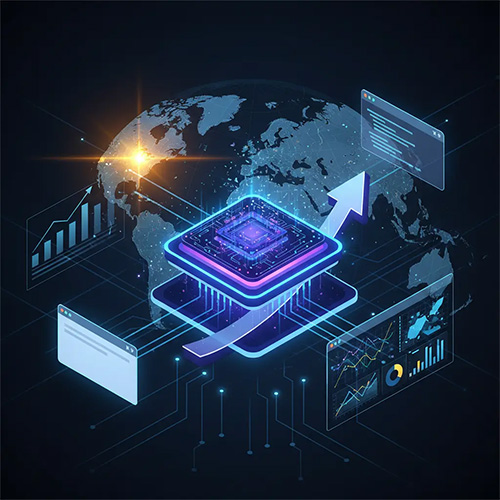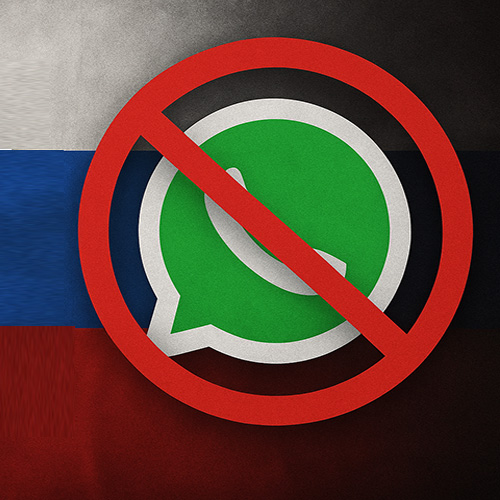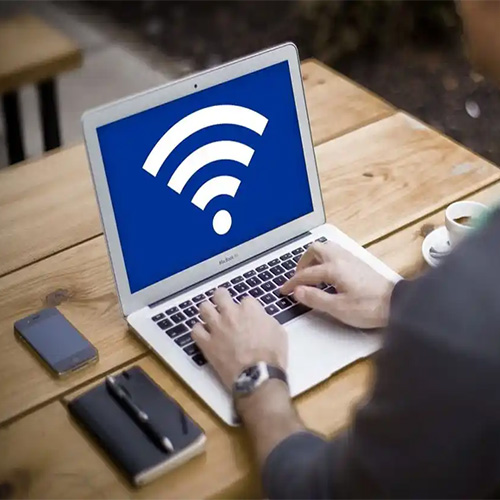
CrowdStrike has announced the release of the annual CrowdStrike Services Cyber Front Lines Report, which brings together the insights and observations of CrowdStrike’s global incident response (IR) and proactive services teams in 2020. The report not only provides an in-depth look into how adversaries are adapting to today’s realities but also offers recommendations for organizations to improve their cybersecurity readiness in 2021.
The CrowdStrike Services Cyber Front Lines Report reveals the broad-reaching impact remote work has had on cybersecurity, as corporate networks around the world were turned inside out to accommodate remote workers. This, in turn, had dramatic effects on how attackers targeted organizations and how defenders reacted, especially with the accelerated adoption of cloud infrastructure.
Notable findings include:
● Intrusions are no longer a one-time event. The CrowdStrike Services team observed organizations that experienced an intrusion and then leveraged CrowdStrike to manage their endpoint protection and remediation efforts moving forward. CrowdStrike identified that 68% of those organizations experienced another intrusion attempt, which was prevented.
● Buying technology alone is not enough without full configuration and deployment. In at least 30% of incident response engagements, CrowdStrike observed the organization’s antivirus solutions were either incorrectly configured with weak prevention settings or not fully deployed across the environment, which may have been a factor in the threat actor gaining and maintaining access. Antivirus solutions failed to provide protection in 40% of the incidents CrowdStrike responded to in 2020, in which either malware was undetected or a portion of the attack sequence was missed by antivirus tools.
● Weaknesses in public-facing applications and services are increasingly dangerous. CrowdStrike observed significant increases in attackers targeting public-facing applications and services in 2020.
● 2020 brings staggering increase in volume and velocity of financially motivated attacks. Of these financially motivated attacks, 81% involved the deployment of ransomware or a precursor to ransomware activities, while only 19% included eCrime attacks such as point-of-sale intrusions, ecommerce website attacks, business email compromise and cryptocurrency mining.
● State-sponsored adversaries leave smaller footprints. In parallel to the rapid rise of eCrime, state-sponsored adversaries remained active across a wide range of sectors.
● Outside counsel plays a bigger role in the incident response process. Outside counsel retained CrowdStrike to advise its clients in 49% of the incidents investigated in 2020.
Shawn Henry, chief security officer and president of CrowdStrike Services at CrowdStrike, says, “Remote work has redefined the playing field between cyber attackers and defenders, and that’s clearly demonstrated in the CrowdStrike Services Cyber Front Lines Report. Corporate networks now span both office and home, providing a wealth of new attack surfaces and vectors that adversaries can exploit. Holistic coordination and continued vigilance are key in detecting and stopping sophisticated intrusions. Because of this, we’re seeing a necessary shift from one-off emergency engagements to continuous monitoring and response. This will better enable incident response teams to help customers drastically reduce the average time to detect, investigate and remediate from 162 hours to less than 60 minutes.”
The CrowdStrike Services Cyber Front Lines Report reflects data derived from CrowdStrike Services incident response, managed services and proactive services engagements over 2020, spanning 15 industry sectors, residing in 34 countries and varied in size from large global organizations to regionally focused small/mid-sized businesses (SMBs).
See What’s Next in Tech With the Fast Forward Newsletter
Tweets From @varindiamag
Nothing to see here - yet
When they Tweet, their Tweets will show up here.





























